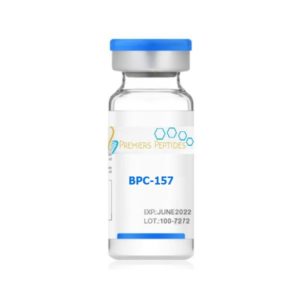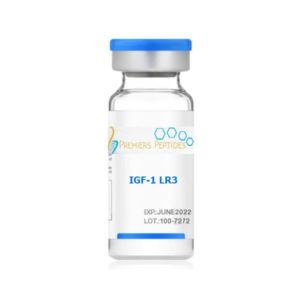Description
Buy Lipopeptide Online
Is a molecule consisting of a lipid connected to a peptide. Bacteria express these molecules. They are able to self-assemble into different structures. Certain lipopeptides are used as antibiotics. Other lipopeptide are toll-like receptor agonists. Buy Lipopeptide Online
Certain lipopeptides can have strong antifungal and hemolytic activities.It has been demonstrated that their activity is generally linked to interactions with the plasma membrane and sterol components of the plasma membrane could play a major role in this interaction. Order Lipopeptide Online
Lipopeptide detergents (LPDs) are composed of amphiphiles and two alkyl chains which are located on the last part of the peptide backbone. They were designed to mimic the architecture of the native membranes in which two alkyl chains in a lipid molecule facially interact with the hydrophobic segment of MPs.
Biomira Lipopeptide 25 (BLP25) is a synthetic peptide that could trigger immunity against cancer cells expressing mucin 1 (MUC1). MUC1 is overexpressed and aberrantly glycosylated in a majority of adenocarcinomas including lung, prostate, breast, ovarian, and multiple myeloma and hepatic metastases from colorectal cancer.46–51 It also shows expression in the normal epithelial tissues, however, its glycosylation pattern, which is altered in malignant tissue, protects the normal form from the immune system.52 BLP25 liposomal (L- BLP25) vaccine’s safety and efficacy were assessed for several tumor types and the trials are still underway. Table 8.2 summarizes the information of the trials testing L- BLP25.
To overcome the difficulty in large-scale preparation of LPDs, short peptides comprised of several amino acids were developed. These short peptides are comprised of hydrophilic amino acids such as aspartic acid and lysine and hydrophobic amino acids such as alanineand valine (Fig. 11B; Zhao et al., 2006). Despite the short length and no obvious presence of a secondary structure, a mixture of A6K and V6D was superior to conventional detergents (DDM and OG) both for solubilization of glycerol-3-phosphate dehydrogenase (GlpD) and for stability of photosystem I on a dry surface (Das et al., 2004; Yeh, Du, Tortajada, Paulo, & Zhang, 2005). However, to date, no successful MP crystallization has been reported using any of these agents.
Very recently, nanostructured β-sheet peptides (BPs) were invented. These differ from peptitergents and LPDs in terms of their secondary structures (Fig. 11C; Tao et al., 2013). These β-strand peptides self-assemble into filaments in solution but undergo molecular rearrangement to form PDCs in the presence of MPs. Because of the effective segregation of the hydrophilic and the hydrophobic surfaces, located on opposite sides of the strand, as well as a high affinity for hydrophobic surfaces, the β-strand prefers to interact with MPs rather than to form a nanosized self-assembly upon the addition of MPs. This rearrangement of the self-assemblies to PDCs is unprecedented for amphipathic compounds developed for MP research, but it is questionable that this dynamic nature is directly correlated to their favorable behaviors in MP study. These β-strands markedly increase the stability of several MP systems including the MsbA, BR, the tetrameric voltage-gated potassium channel (KcsA), the glucagon receptor and a class B GPCR (Tao et al., 2013).





